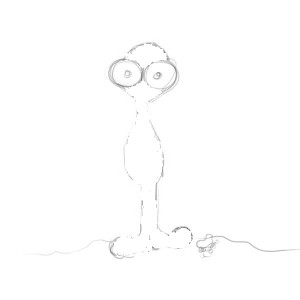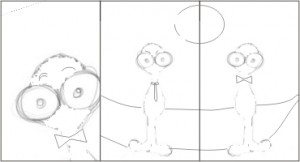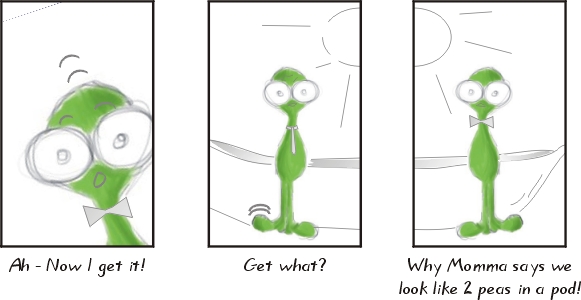 Possibly one of the most well-known and favourite forms of drawing is cartoons. Cartoons are great fun to watch and read. If you want to learn how to draw cartoons, here are some basic elements you need to know before you begin creating your own.
Possibly one of the most well-known and favourite forms of drawing is cartoons. Cartoons are great fun to watch and read. If you want to learn how to draw cartoons, here are some basic elements you need to know before you begin creating your own.
Decide on Your Main Character
Decide who your main character is going to be. Is it a male or female, human or animal or possibly an inanimate object to which you will add ‘life’? What are its prominent features? Generally cartoons have exaggerated features and almost ignore their other features.
Begin By Sketching – Decide on the Storyline
If you look at a movie storyboard, you will see that it’s just a rough outline and overview of what could be happening in a scene. This is a sketch of the highlights of the scene, and doesn’t have much, if any, detail. If you’re going for a comic strip, it’s a good idea to use the storyboard method too in order to get your thoughts straight on what images are best to put into each frame of the strip. In other words, give yourself an abstract of what you want your final cartoon to look like.
Develop Your Main Character
 This step is possibly the longest to do. This is where you give your character detail and personality. As you go along, you’ll notice that your character ‘grows’, or develops even further. For example, Mickey Mouse looked very different when he was first created to how he looks today. So don’t agonise over all the details – they will come.
This step is possibly the longest to do. This is where you give your character detail and personality. As you go along, you’ll notice that your character ‘grows’, or develops even further. For example, Mickey Mouse looked very different when he was first created to how he looks today. So don’t agonise over all the details – they will come.
Add Some Emotion
Your main character needs to come alive off the page. This could be achieved by, for example, adding a cheeky grin or raised eyebrows. The ‘emotion detail’ will help to give your character more life and personality.
Use Colour to Add Some Life
If you know that your cartoon is going to output via a colour medium such as your web page or a colour magazine, it’s advisable to add colour to your work. Besides adding variety to your images, it also definitely helps with giving more life to your cartoon. Bear in mind that cartoons don’t have to be totally realistic, so a non-realistic colour for your character is quite acceptable, for example, the colour of Barney the dinosaur.
Use Shading to Add Depth
Add just a few strokes of shading goes a long way to adding depth to your cartoon. Your readers’ minds will fill in the blanks. In other words, you don’t need to add every hair to your character’s head, just hint at it by adding a few strands.
Use a Background Setting to Add Atmosphere
Just like shading, this doesn’t require too much detail. All you need is a recognisable object in the background to place your character and enhance the storyline. For example, an image of the Eiffel Tower will immediately place the story in France, and possibly invoke emotions of love (romance in Paris…). Avoid too much detail for your setting unless the storyline calls for it.
Add Captions – Let Your Cartoon Speak
The final touch in giving your character life is by letting it speak. Regardless of whether it’s animal, human or object, cartoons do speak. Depending on the nature of the cartoon, you could either put their speech in a speech bubble or just below the cartoon frame.
With these principles in mind, it remains to be said that the most important aspect of drawing cartoons is to know your character, think like your character while you’re drawing, and above all, have fun!
Article adapted from Spintax: “Learn To Draw Cartoons”
Compiled by d-ziner1 @d-zine hub
Original Image: wikimedia.org – Drawerofshadows


